Optimizing Cloud Costs: Strategies for Cost-Efficient Cloud Hosting with Atlantic.net
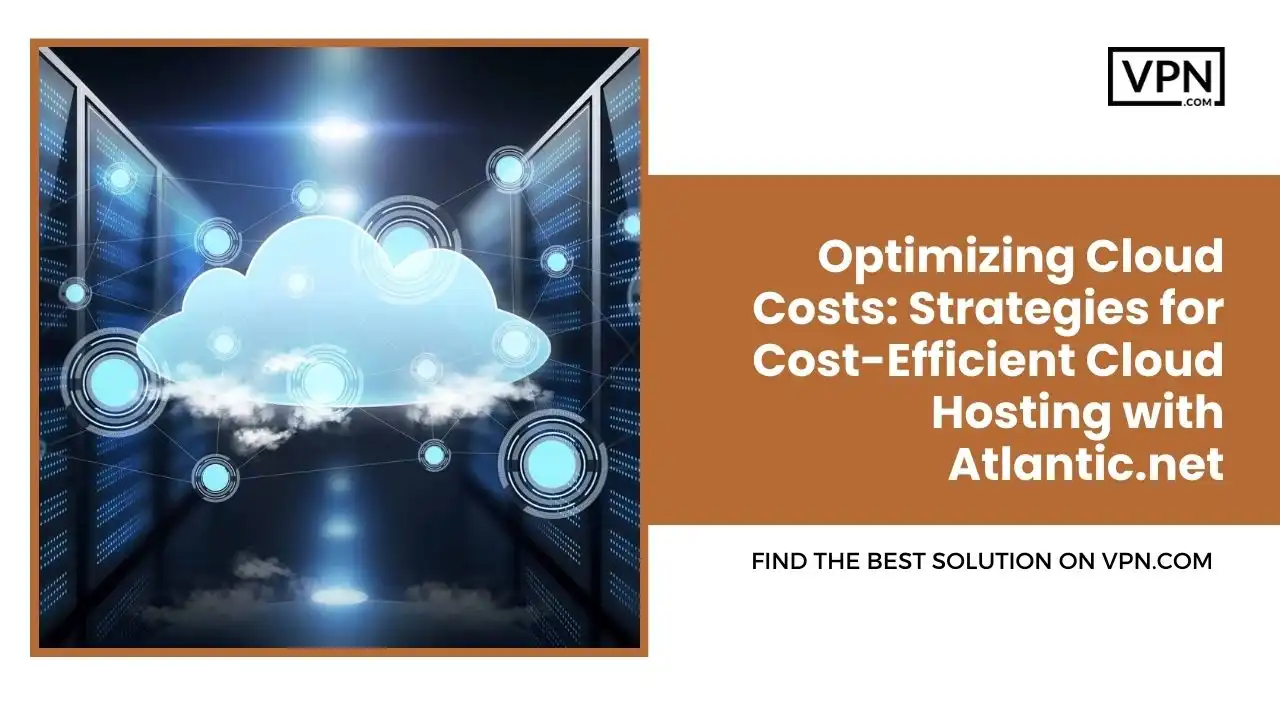
Cloud tools have risen as the main key taker for today’s businesses. They offer key perks like flexibility and growth potential. We know that as businesses change, their cloud setups do too. It leads to a more complicated setup. This is where Cloud Cost Optimization becomes crucial, as it can become challenging and pricey to handle without it.
Cloud Cost Optimization is about making sure that cloud tools are used wisely and they don’t break the bank. It ensures that businesses hit their performance, safety, and rule-following goals. By using cloud cost optimization tools and oversight methods – businesses can see where their money goes. This insight will let them put money where it is needed and will find ways to save.
Soon, we will explore why cloud cost fine-tuning matters and give you top strategies for handling cloud expenses. We will talk about setting cloud money goals and spotting resources that aren’t being used. These key takeaways will help you shape a cost-effective approach to your software creation process. Ready to make the most of your cloud tools and save money? Let us get deep insights of Cost-Effective Cloud Hosting.
What Is Cloud Optimization?
Cloud Cost Optimization will ensure that each task or program gets the most fitting and cost-effective cloud resources. This process will help you with your performance needs, costs, compliance, and security demands, and will ensure cloud spending aligns with an organization’s goals.
We know that every task in a cloud setup is distinct and its demands shift as time passes. For Cloud Cost Optimization, it is essential to pinpoint performance limits for each task. This is based on industry insights and real-time operational data. The ultimate goal is to cut down expenses while keeping performance within set boundaries.
Cloud Cost Optimization usually adapts to fluctuating program demands and ever-evolving cloud service pricing. If we look at the nature of cloud systems, achieving cost efficiency demands precise data, thorough analysis, and automated tools.

Sign Up with our #1 Host
- Get Started With a $250 Credit
- Free-to-Use Cloud Hosting Platform
- 24/7 Live Support
- Free Tier Access For One Year
- Ultra-Fast Platform
Why Should We Prioritize Cloud Cost Optimization?
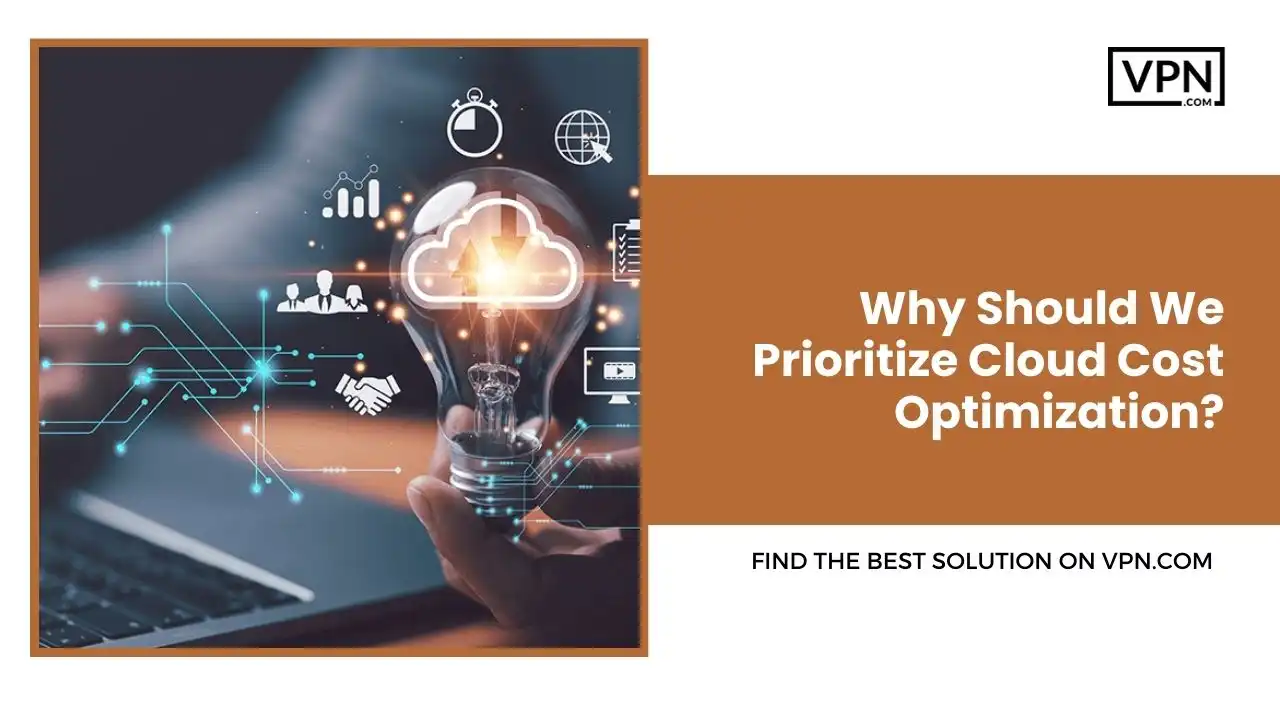
Streamlining Cloud Cost Optimization is not always a singular action but a continuous approach that yields multiple rewards. It gets its results from cost-savvy cloud operations for enhancing your business’s edge in the market.
Cut Down Your Costs
Without careful management, cloud expenses can literally eat your budgets. Focusing on Cloud Cost Optimization ensures that you keep a check on excessive outflows. And you free up capital for important operations such as product innovation and talent acquisition.
Maximum Resource Allocation:
Sound Cloud Cost Optimization strategies involve tailoring their resources to actual needs, which prevents over-allocation and wastage. This will ensure that you fund only what is necessary, precisely when it is needed.
StabilizeYour Budget
A finely tuned cloud budget will offer you predictability. With robust cost management tactics, you can anticipate your cloud-related expenditures, dodge unexpected costs and enable well-informed planning.
Boost Oversight and Clarity
The journey to becoming a cloud cost efficiency expert with a Cloud Service Provider offers insights into the allocation and utility of your cloud funds. This enhanced perspective can enhance your responsibility while aligning your technological pursuits with overarching business objectives.
Maintain Your Competitive Edge
With optimized resource use and controlled expenses through a Cloud Service Provider, your focus can shift to business expansion and speedier product launches. Be it prioritizing product directions or brainstorming marketing initiatives.
What Are The Strategies for Cost-Efficient Cloud Hosting?
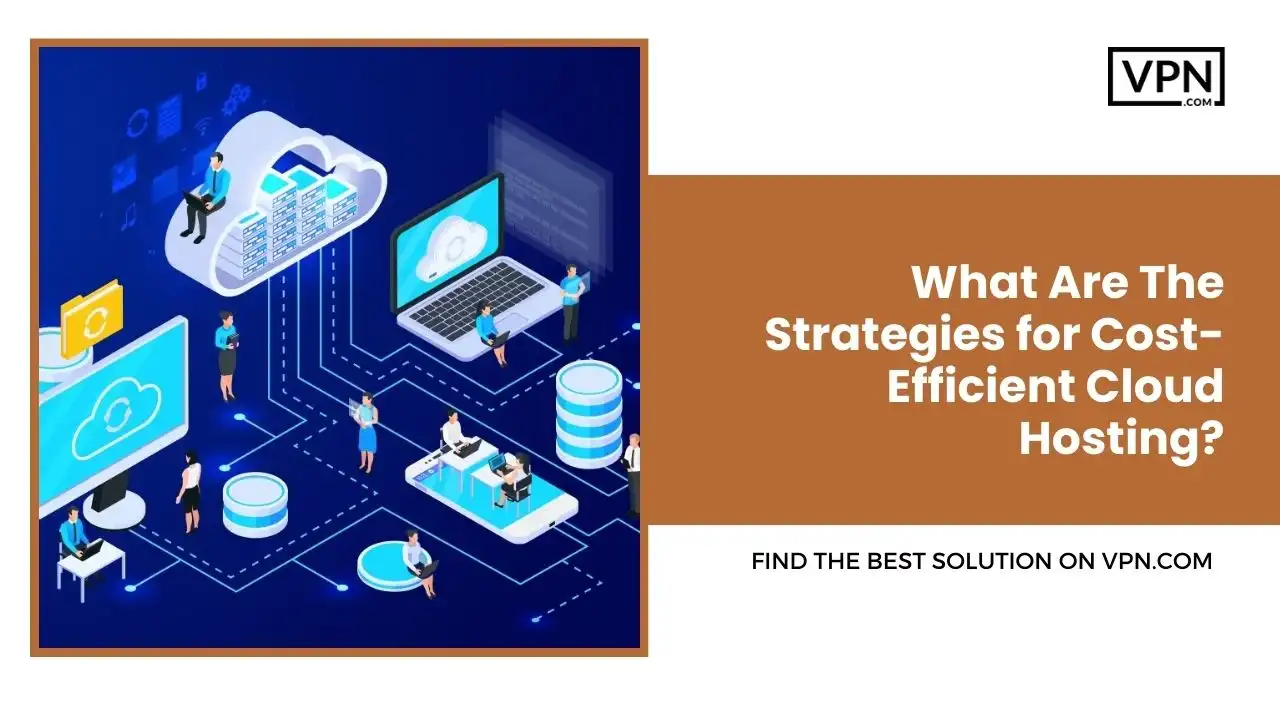
Here are some of the amazing strategies that you can use for cost-efficient cloud hosting:
Do Performance Analysis
If you are also one of those people who switch to pay “only for what you use” with a Cloud Service Provider, then your pricing can often save money. But to really see those savings, you need to use the tools. Your cloud service provider offers to look closely at how things are working. Their tools can tell you how your app is doing in the cloud, but it doesn’t show what the actual users feel. For that, you will need to use other tools that focus on what is important to your users.
Your agreements with clients (known as SLAs) will tell you what to look for. Even if everything with your Cloud Service Provider seems okay in the cloud, there is a probability the actual users might feel it is not good. This can cost businesses a lot of money to fix.
After looking closely at how the app works with a Cloud Service Provider, the data will show if it is a good idea money-wise to have it in the cloud or not. Sometimes, based on how the app works, it might cost more to have it in the cloud than in the old systems.
Set Up Ongoing Checks
While we know that Cloud Service Providers (CSPs) have good tools to help manage costs, your Infrastructure & Operations (I & O) team really knows what is happening in your setup. They should always be watching to see what new servers are being made and with what features.
The tools and reports that you use for checking things are the heart of this constant checking. You should make sure to have alerts and automatic actions in place to keep things running well and to save money.
Identifying and Managing Unused Cloud Resources
A key step in managing your cloud costs effectively is to find and address resources that aren’t being used to their full potential. These resources might seem small and harmless, but they can quietly eat your budget without adding real value to your operations. Implementing a strategy for Cloud Cost Optimization can significantly mitigate such wastages.
Here is the shortest way that how you can stay on top of this:
Regular Checks:
You should set up a routine to monitor how your resources are being used, with Cloud Cost Optimization in mind. Use a cloud tracking tool that sends alerts for important measures like how much CPU, memory, disk space, and data you are using. If resources are often not used much or are completely idle, then think about making them smaller or getting rid of them.
Find Unused Cloud Tools:
You should look for things like databases or servers that haven’t had much activity for a long time as part of your Cloud Cost Optimization efforts. For example, a database that hasn’t had much data added or taken out for many months might not be needed anymore.
Decide and Act:
Once you know which resources aren’t working the way they should. Then think deeply about whether you will need them in the future or not. If they aren’t going to be useful for new projects and don’t affect what you are doing now. Then it might be time to cut them or remove them altogether.
Invest In Automation:
With all the information that you get from your constant checks for Cloud Cost Optimization, you should use the auto-adjusting and other automatic tools your Cloud Service Provider (CSP) offers. You should ensure the automatic settings you pick can decrease as well as increase based on need.
For instance, in the context of Cloud Cost Optimization, think about systems that are just used during regular work hours. You can use automation to shut these down at night and on weekends. This way, you are not paying for the excessive time when nobody’s using them. Automation can turn on the system early for East Coast workers and shut it off when West Coast workers finish their day.
Understand Your Cloud Bill
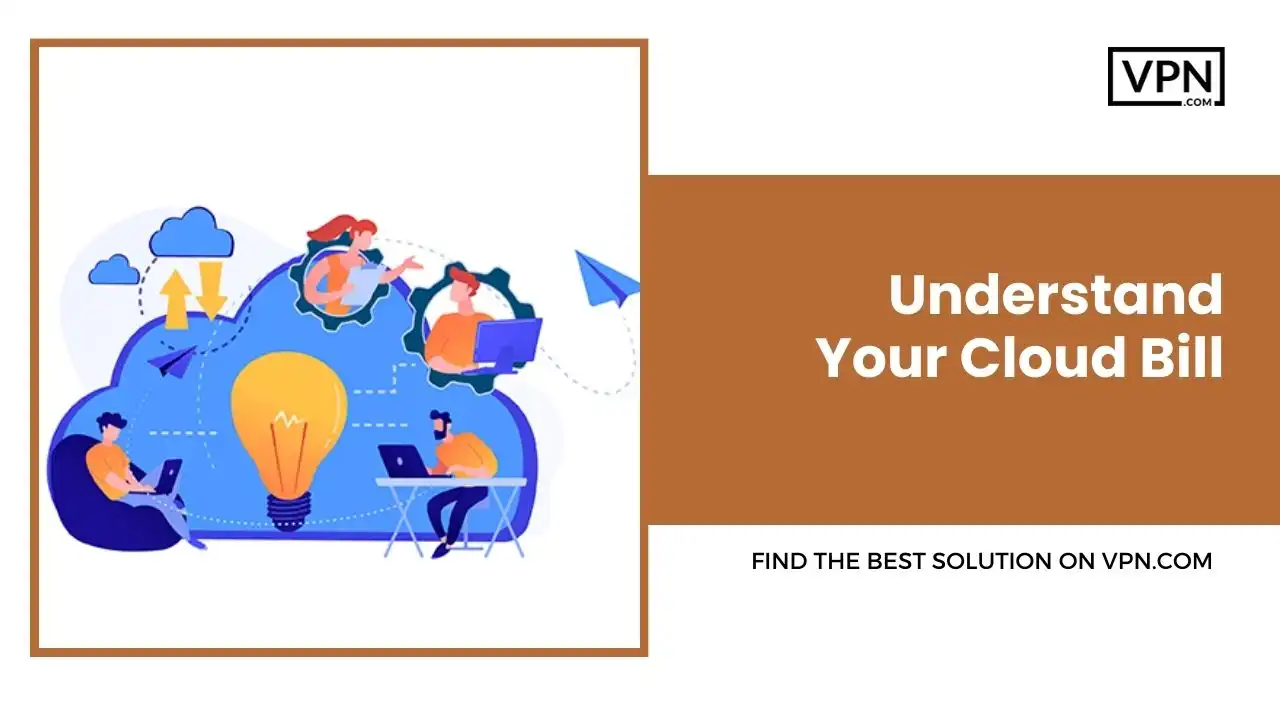
Many people often just glance at their cloud invoices and focus on the final amount. However, truly managing your cloud costs, especially in terms of Cloud Cost Optimization, starts with getting a clear picture of your entire bill and the details of cloud pricing. Recognizing each charge and its purpose helps you see where your funds are directed and allows for smarter cost decisions.
Here’s a simple guide to the sections of your cloud bill:
Computing Costs:
These relate to the processing power that you use, a critical component of Cloud Cost Optimization. Charges here will change based on the variety and size of virtual machines that you employ. Factors such as regional pricing, reserved versus pay-as-you-go setups, or the use of temporary and discounted instances can influence this cost.
Managed Services Fees:
If you are utilizing managed services like managed databases then you are billed either based on your usage or an hourly rate.
Storage Fees:
These are used for keeping data on the cloud. The final cost can change depending on the kind of storage (like object or block storage), backup choices, and fees associated with accessing or moving data.
Bandwidth Charges:
These fees cover the data which is moving in and out of your cloud setup. It is often termed “egress fees.” Data will transfer within a region between different regions or between the cloud. The internet also counts here. These costs can shift significantly month by month – especially if your business heavily relies on data transfers.
Support Fees:
Based on your cloud service choice and your selected plan. There might be extra fees for certain support levels.
Discounts and Deductions:
Any advance payments, reserved setups, fixed-term agreements, or other discount deals you are using will show up here. It will lower your overall bill.
Understanding these sections makes managing your cloud expenses much easier.
Manage Cloud Costs Throughout Your Software Development Process

Costs are not something that shouldn’t just be looked at once when a product is up and running. It is crucial to think about cost-saving at every step of the software development lifecycle (SDLC).
Here is how you can cut down cloud cost management into each SDLC stage:
Planning:
You should always begin by setting a clear budget, keeping Cloud Cost Optimization in mind. Use cost data to help make choices related to technical debt and to set the direction for your product. This approach can prevent surprise costs and allows for budget adjustments when needed.
Deployment and Operation:
Act fast to spot any unexpected costs and alter budgets accordingly.
Design and Build:
You should collect the information that you need to make smart choices about your system’s structure and Cloud Cost Optimization. This data can then be used to predict future costs and understand the costs of individual units of your product.
Monitoring:
Try to regularly look back at Cloud Cost Optimization by team, specific features, or whole products. This will help you see how much you are spending. Will also help you know about the financial return that you are getting based on different business strategies.
Remember that every choice your engineers make comes with a cost. By thinking about cost-saving early and often, you can take full advantage of the money you put into the cloud from the start.
Choose Correct Storage Option

Not every type of cloud storage will fit your needs. Various data types and business requirements call for different storage solutions. They pick up the right storage and can help you get the best performance while keeping costs low. For example, block storage and object storage are two popular options – each with its own advantages.
- Block storage provides fast performance and works best for structured data that gets read or written often. While it might cost more it is the go-to choice for apps that can’t afford delays.
- Object storage is a budget-friendly option for keeping a lot of unstructured data. It might not be as quick as block storage but it is perfect for data. You don’t access it often, like backups or archives. Picking the right storage can help you manage your cloud costs better.
Here are some tips to make the most of your cloud storage:
Pick the Suitable Storage Type:
Most cloud providers have different types of block and object storage. They will offer from really fast options to more affordable ones. Go for the one that matches how often you access your data and how quickly you need it.
Use Tools to Manage Data Over Time:
Some tools called lifecycle management tools will let you set rules to move data. It means you can move data that you don’t use often to cheaper storage or to archive it. This is a smart way to save money.
Check and Clean Your Storage Regularly:
Make it a habit to look through your storage and get rid of data that you don’t need anymore. This could be old backups, snapshots that you are not using, or any data that is not helpful for your business anymore.
Cut Down on Data Transfer Costs
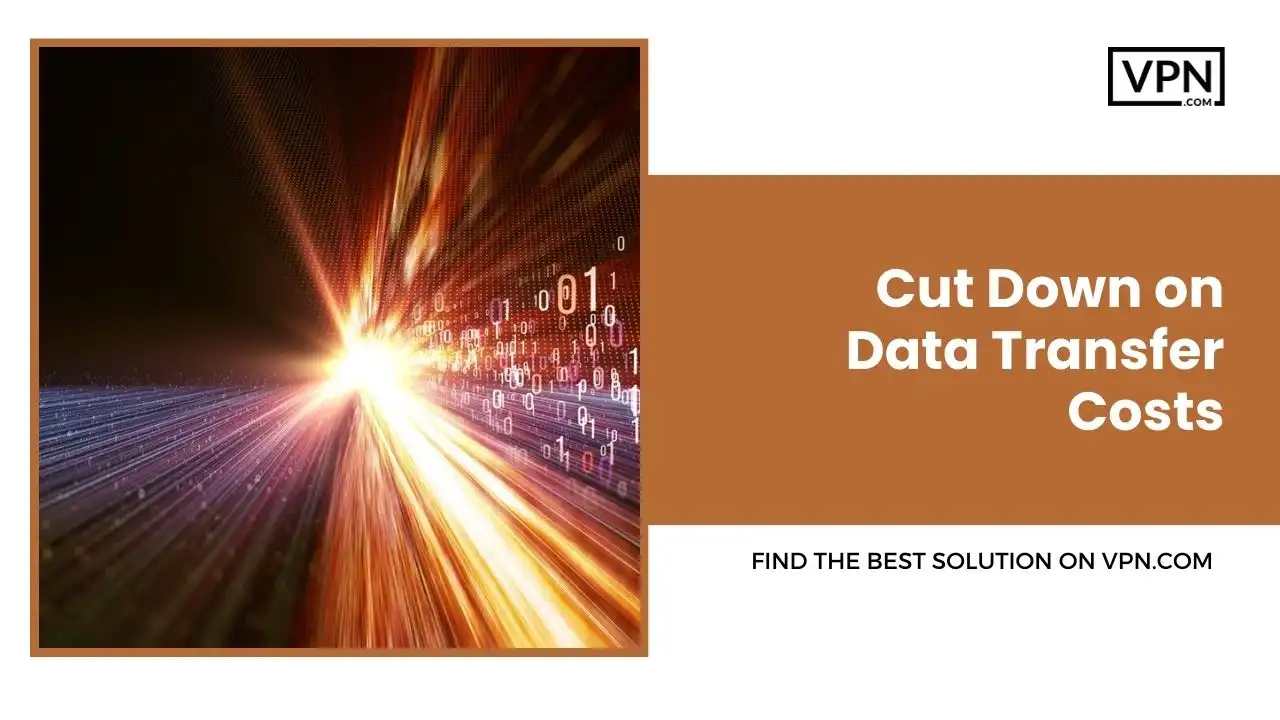
Moving data in and out of a public cloud, including Cloud Cost Optimization, isn’t always cheap. Many cloud providers will charge you when you move data off their platforms or even between different areas. One way to save on cloud expenses is to cut back on data movements that aren’t needed.
You should check what your cloud provider charges for data transfers, including Cloud Cost Optimization, and then alter your cloud setup to cut down on these movements. For instance, if you have software at your office that is always using cloud data then it might be cheaper to move that software to the cloud too.
Look into what different methods of transferring data, including Cloud Cost Optimization, cost. Some are meant to make transfers faster and safer between the cloud and your own data centers. You should compare the costs of dedicated network services, like AWS Direct Connect or Google Cloud Interconnect, to using a physical device to move data, like Atlantic.net.

Sign Up with our #1 Host
- Get Started With a $250 Credit
- Free-to-Use Cloud Hosting Platform
- 24/7 Live Support
- Free Tier Access For One Year
- Ultra-Fast Platform
Conclusion
We know that in the ever-changing world of IT adjustments, including Cloud Cost Optimization, can feel like a cultural earthquake. Which is why it is important to merge technical knowledge, business routines, and forward-thinking approaches to know what the cloud actually is.
Those businesses that truly understand the cloud, along with the shifts in operations and mindset it brings, will set their products on a path for growth in a busy market. We hope that these strategies, including Cloud Cost Optimization, will help you. If you still have any questions then feel free to contact us.

- Get Started With a $250 Credit
- Free-to-Use Cloud Hosting Platform
- 24/7 Live Support
- Free Tier Access For One Year
- Ultra-Fast Platform
signup today at Atlantic.net




